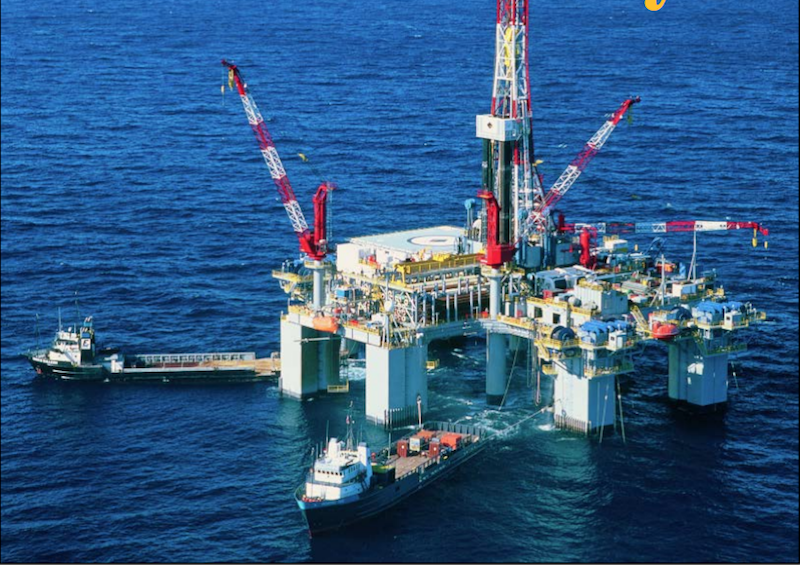On Friday, the Federal Deposit Insurance Company seized the assets of Silicon Valley Bank, the nation’s 16th largest bank, located in the heart of the global tech industry. This is the largest bank failure since the 2008 financial crisis and the second largest in U.S. banking history.
SVB failed when there was a “run on the bank.” It happens when depositors ask for their money back and the bank lacks sufficient cash. Banks operate by “borrowing short and lending long.” The difference between the interest rate paid and received is the “interest spread” and it funds a bank’s operations and generates its profits. That spread has been upended by the Federal Reserve’s campaign to control inflation.
So, what does a bank failure have to do with offshore oil and gas?
SVB was not a typical bank in the sense of its concentrated customer base. The closest analogy is Penn Square Bank in 1982 with its oil and gas concentration. SVB had grown into the single most critical financial institution for the tech industry, serving half of all venture capital backed companies in the U.S. and 44% of the VC-backed technology and healthcare companies that went public last year. What is unknown is how many green energy tech VC-backed companies and investments may be tied up in SVB’s bankruptcy.
In the world of low-interest rates that existed for the past two decades, banks, like other investors, only earned more income by growing their deposit bases and accepting increased risks in their lending and investing. In SVB’s case, its deposit base was swelled by cash from VCs and the capital of “start-up” technology companies, often funded by VCs.
In a “receivership,” which is what the FDIC’s action is called, the agency reimburses SVB’s depositors up to the amount in their account or the $250,000 insurance limit per account. Deposits above that threshold must await the agency’s liquidation of SVB’s assets (selling the loans and bonds it holds). Analysts have estimated that large depositors may get back as much as 90% of their deposits, but when?
In the meantime, depositors do not have access to their cash, so tech companies and VCs depending on those funds for payrolls and operating expenses must tap alternative sources of money. Hopefully, they had diversified their deposits among multiple banks. If not, they risk having to lay off employees, stop paying suppliers, and even shut down. This is already happening.
While SVB may not create a national financial crisis, it may become another headwind for clean energy. Disrupting the pace of clean energy investments will delay the power’s start-up, while the government pushes hard to grow clean energy demand. Supply shortfalls caused by SVB mean the oil and gas industry will be pressed to help. With the onshore shale revolution showing signs of plateauing, it was not surprising that at the recent CERAWeek energy conference producers talked openly about stepping up offshore drilling and development activity.
SVB is a pebble dropped in the energy pond. The pebble’s ripples will affect clean energy, but the degree and timing are unknown. Those responsible for ensuring adequate power for our economy will turn to the oil and gas industry with its prolific offshore deposits for help.



.JPG.small.400x400.jpg)

